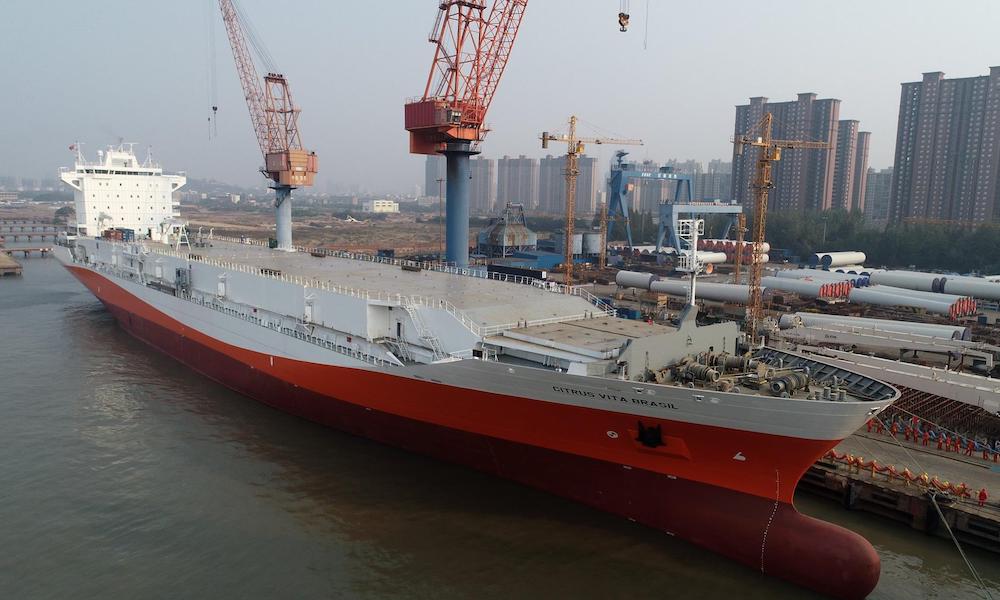‘Our obligation to turn every stone to try to create shareholder value’: Concordia Maritime explains tanker conversion decision

Trying to create shareholder value is behind Concordia Maritime’s surprise decision to seek to convert some of its tankers to boxships, a pioneering engineering feat not seen in shipping for many decades.
Stena-backed Concordia Maritime revealed yesterday it has launched a technical design study to investigate the feasibility of converting and adapting a P-MAX product tanker for container transportation.
The P-MAX is 182.90 m long and 40 m wide with a maximum draft of 13 m and it is built fully redundant with twin main engines and twin propellers. Power is provided by two 2B&W 6S46MC-C diesels, each rated at 7,860 kW.
According to initial assessments, the P-MAX vessels’ two engines, with full redundancy, and other dimensions make them possible to convert to container vessels with a capacity of approximately 2,100 teu.
“It may be a long shot but we think it’s our obligation to turn every stone to try to create shareholder value,” Erik Lewenhaupt, the new president of Concordia Maritime, told Splash.
Lewenhaupt took over as president of Concordia Maritime on January 1, succeeding Kim Ullman at the company which entered restructuring last year.
“Given the ships’ wide body, twin skeg and full redundancy they may have an advantage as conversion candidates and that is what we want to investigate,” Lewenhaupt said, adding: “But it takes two to tango and the technical side is only half the story.”
The technical design study is expected to be completed by the end of Q2 2022 and – if the result is positive – it will be followed by discussions with shipyards and possible charterers to explore potential interest. A full conversion is expected to take approximately three to five months.
While dry bulk carriers have been seen carrying containers over the past six months, a tanker repurposed to carry boxes is something not seen since the advent of containerisation by Malcom Mclean 66 years ago.
The nearest engineering equivalent is an inverse of what Concordia Maritime is attempting. In 2018, when boxship earnings were dire, the 2,474 teu Hermes Arrow of Delphis Shipping was converted into the orange juice tanker Citrus Vita Brasil (see picture below).
Container shipping experts have told Splash the retrofit would be an enormous undertaking with the installation of hatch dividers, cell guides and the likely rearrangement of fuel and ballast tanks. Existing bulk heads will not be in increments of 40ft apart, and changing bulk heads will likely undermine the whole strength of these ships. Effectively taking the deck off from the hull will also be a big stress issue.


What could possibly go wrong?
“It may be a long shot but we think it’s our obligation to turn every stone to try to create shareholder value,” Sounds a bit like Boris Johnson’s garden bridge project over the Thames – a daft idea that costs millions to prove it really is a daft idea. That is not creating shareholder value – it is creating an unnecessary waste of money.
I hesitate to offer advice to Concordia but I think they will do better to just buy a boxboat forebody and gas axe the tanker one ahead of the pump room (if they have one – maybe their beautiful ships are all deep well?) In fact they ought to hang on to the tanker forebody and replace it when the market turns again.